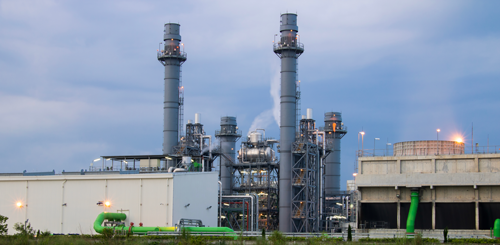Managing asset criticality
Asset intensive organizations operate in ever-changing environments. Changes in commodity prices, global economies, environmental and health and safety standards have great impact on asset management strategies. In order to adapt quickly with minimal disruption to an organization, it is important that asset management teams have a strong understanding of their critical assets. In this article, we discuss the importance of determining asset criticality and how to get started.
While asset criticality isn’t a new innovation or industry trend, it is an integral piece of the overall asset optimisation strategy. Unplanned downtime of critical assets can result in significant financial and productivity losses for an organization. Understanding which assets are critical to keep an operation running and ranking them in a way that illustrates their potential impact on an operations’ productivity allows an organization to adapt while making optimal asset management decisions.

Getting started
Asset-intensive organizations are dynamic and so are their processes. When it comes to asset criticality, we cannot assume that criticality remains static throughout an assets’ lifecycle. It is often the case that assets that are critical to an operation today will not be critical several years from now.
When considering asset criticality, a good place to start is to review an organizations’ understanding of it. It is important that these discussions include both management and frontline employees and that they are done in a supportive environment where decisions can be openly challenged. Getting asset criticality right will save considerable time and money down the road.
Frameworks such as an asset criticality matrix allow an organization to group assets based on the probability of an asset failing and the consequences it would have on the organization. The asset criticality module in Orien was developed in collaboration with Ausenco’s asset optimisation experts to enable organizations to map out probability of failure versus its impact on the organization.

Interpreting the matrix
The asset criticality matrix validates the effectiveness of the maintenance strategy through the review of mitigated and unmitigated risks. Examining risks and proposed mitigation activities provides numerous benefits, including:
- Aligning management with corporate objectives
- Maintain a focus on what is really critical
- Increase the availability and reliability of production processes
- Reduce operational costs
- Reducing risk
With this information, asset management teams are empowered to focus resources on increasing the availability and reliability of these essential assets and production processes. If done right, an organization can reap the rewards of reduced operational costs and reduced risk over time.
Asset management teams across the globe feel the ripple effects of volatile commodity prices, changes to global economies or changes in environmental and health and safety regulations. Using frameworks and tools such as the asset criticality matrix in Orien confirms which assets are critical and what impact they have on an organizations’ bottom line. In doing so, organizations can adapt quickly to minimize downtime and risk.
In our next article, we look at how to build a new maintenance strategy.
Our experience
Orien is a cloud-based, asset management solution built in collaboration with leading industry experts and used by the largest asset-intensive industries across the globe. With Orien, it’s easy to consolidate, collaborate on, and control maintenance strategies and budgets across your organization to keep assets working for you. Our clients manage lifecycle costs and reduce uncertainty by understanding the critical activities that keep their operation running. With teams located worldwide and 24/7 support, Orien is quick to deploy and easy to learn.
Our team of experts are ready to help, reach out to Alberto Cardenas to learn more.

